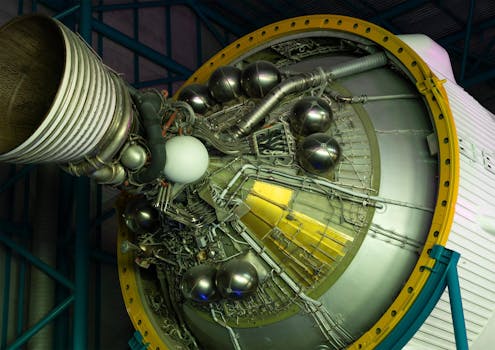GEO Satellites: Understanding the Technology and Applications

GEO Satellites: An Introduction to the Focus Keyword GEO satellites
GEO satellites, or Geostationary Earth Orbit satellites, are a type of satellite that orbits the Earth at an altitude of approximately 36,000 kilometers. At this height, the satellite’s orbital period matches the Earth’s rotational period, allowing it to remain stationary in the sky. This unique characteristic makes GEO satellites ideal for a variety of applications, including telecommunications, weather forecasting, and Earth observation. The Focus Keyword GEO satellites are an essential part of modern satellite technology, offering a wide range of benefits and opportunities.
The technology behind GEO satellites is complex and fascinating. These satellites are equipped with advanced sensors, antennas, and transponders, which enable them to receive and transmit data to and from Earth. The satellites are typically launched into space using powerful rockets and are placed into their geostationary orbit using a combination of propulsion systems and gravitational forces. Once in orbit, the satellites are controlled by ground stations, which monitor their performance, adjust their position, and transmit commands.
Applications of GEO Satellites
GEO satellites have a wide range of applications, including telecommunications, weather forecasting, Earth observation, and navigation. In the field of telecommunications, GEO satellites are used to provide broadband internet, television broadcasting, and mobile phone connectivity to remote and underserved areas. They are also used for weather forecasting, providing critical data on atmospheric conditions, ocean currents, and climate patterns. Additionally, GEO satellites are used for Earth observation, monitoring natural disasters, tracking climate change, and managing natural resources.
One of the most significant advantages of GEO satellites is their ability to provide global coverage. Since they are stationary in the sky, they can transmit data to and from any point on the Earth’s surface, making them ideal for applications that require widespread coverage. Furthermore, GEO satellites are relatively low-maintenance, as they do not require frequent adjustments to their orbit or position. This makes them a cost-effective solution for many applications, including telecommunications and weather forecasting.
Future Prospects and Challenges
Despite the many benefits and applications of GEO satellites, there are also several challenges and limitations associated with this technology. One of the main challenges is the increasing congestion of the geostationary orbit, which is leading to concerns about interference, collisions, and debris. Additionally, the launch and operation of GEO satellites are complex and expensive, requiring significant investment and resources. Moreover, the technology is not without its risks, as the satellites can be affected by space weather, radiation, and other environmental factors.
However, researchers and developers are working to address these challenges and improve the technology. For example, new propulsion systems and materials are being developed to reduce the cost and increase the efficiency of launch and operation. Additionally, advanced sensors and antennas are being designed to improve the performance and capabilities of GEO satellites. Furthermore, international cooperation and regulation are being strengthened to mitigate the risks associated with the technology and ensure the long-term sustainability of the geostationary orbit.
Conclusion
In conclusion, GEO satellites are a vital part of modern satellite technology, offering a wide range of applications and benefits. From telecommunications and weather forecasting to Earth observation and navigation, these satellites play a critical role in our daily lives. While there are challenges and limitations associated with this technology, researchers and developers are working to address these issues and improve the performance and capabilities of GEO satellites. As the demand for satellite technology continues to grow, it is likely that GEO satellites will remain a key part of the satellite industry, providing essential services and opportunities for generations to come.
